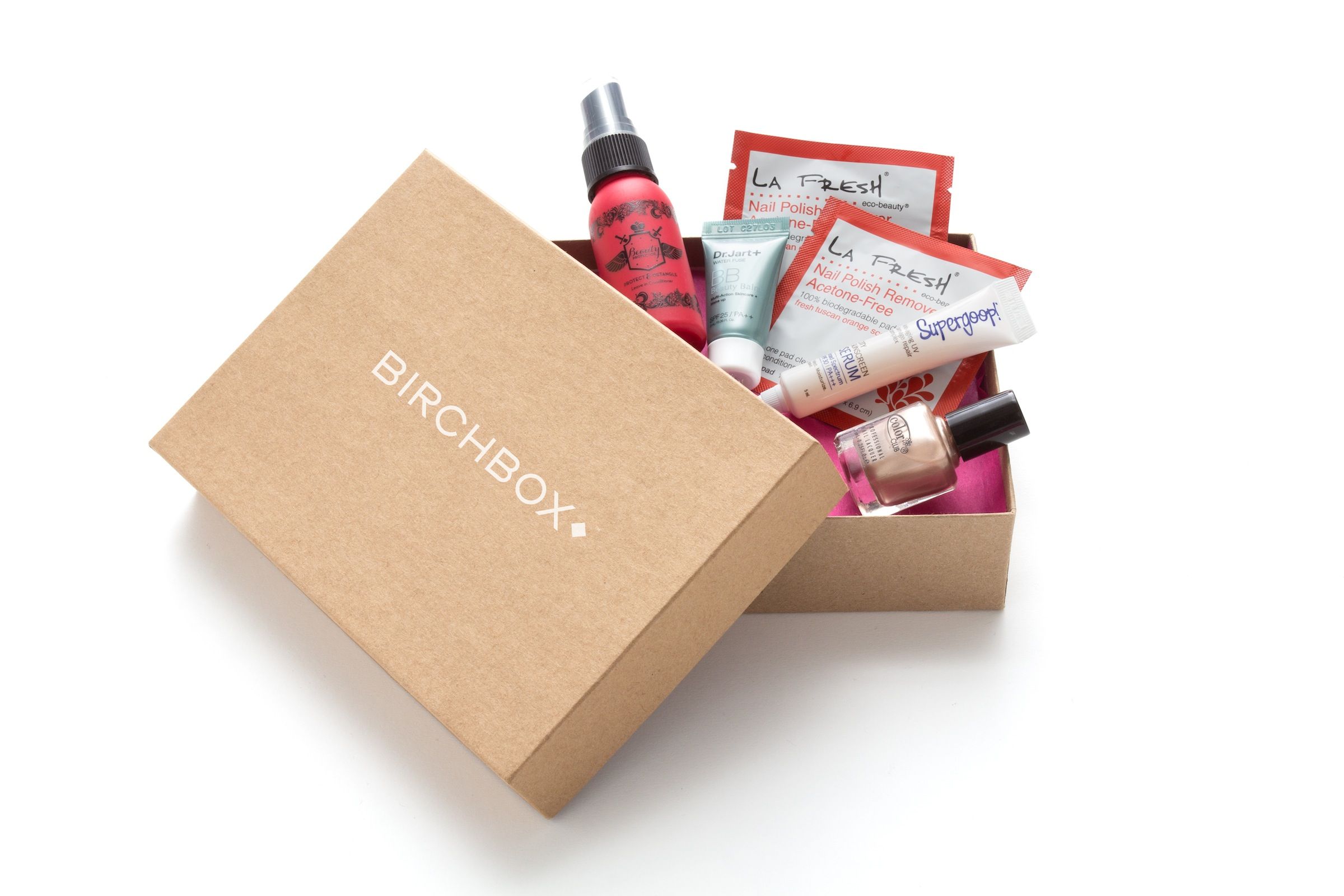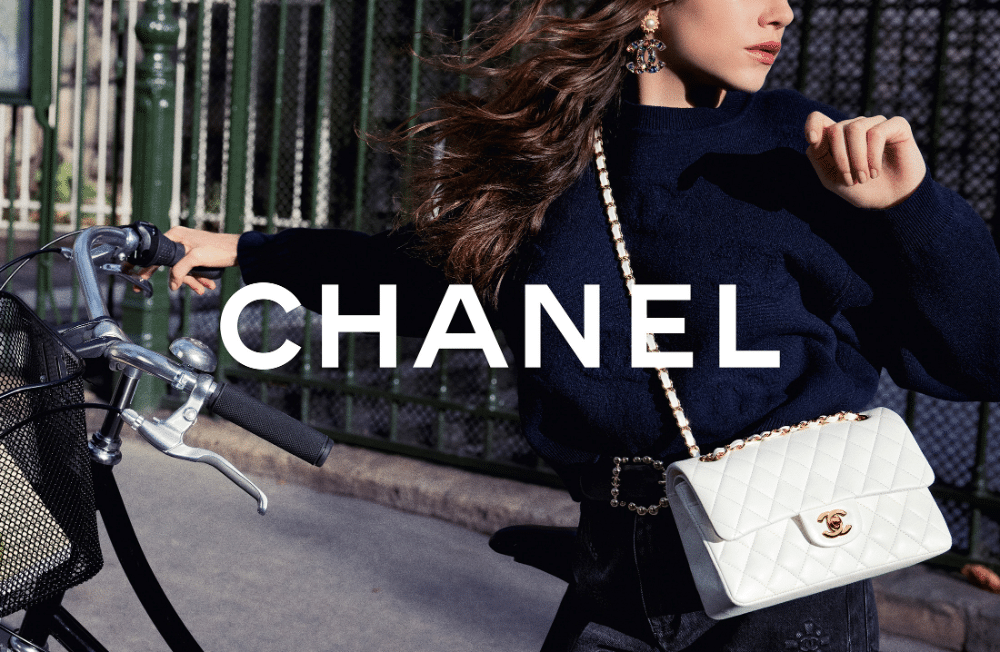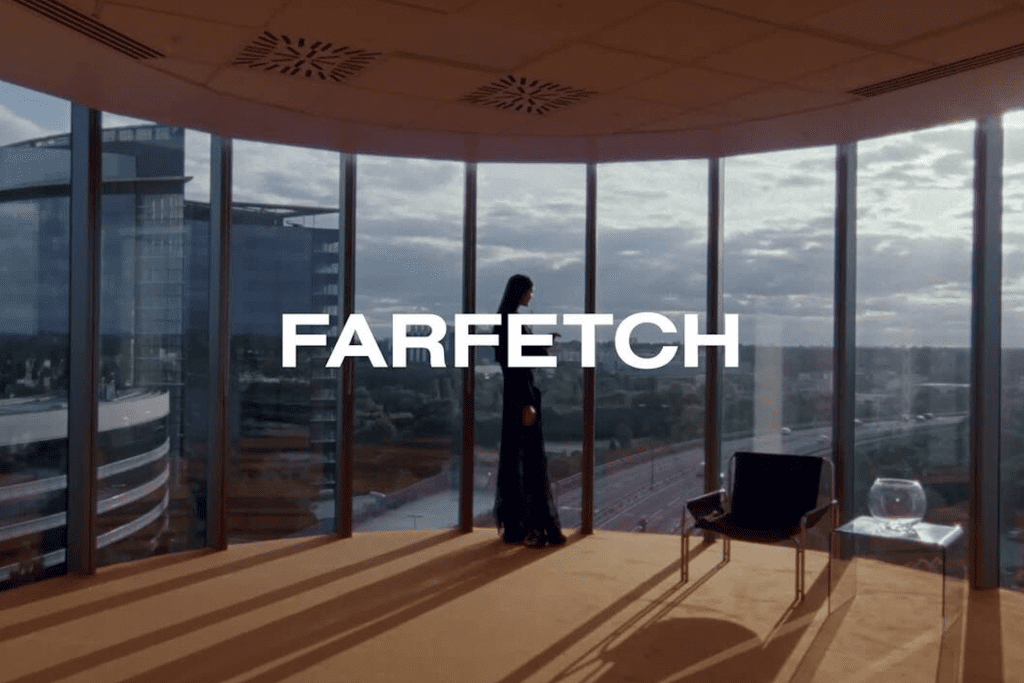
image: Firebrand Group
Think of the excitement of opening a present or the anticipation of discovering what a package in the mail contains. The rush of positive emotions – and the underlying psychological effect – associated with these acts is, according to researchers, very similar to what gamblers, video game enthusiasts, and runners experience. It is also one of the key reasons why subscription boxes have proven a wildly successful market phenomenon.
The Rise of Subscription Boxes
Sixty-three years after Columbia House first provided a way for consumers to receive vinyl records via mail order, retailers are banking on subscription boxes, and thriving not only on consumers’ desires to try new products (many subscription boxes consist of sample size products for consumers to experiment with or pre-styled outfits with which subscribers choose which to keep and send back the ones they do not want), but also on the emotional benefits that come hand-in-hand with this monthly routine.
In recent years, the model – in which consumers sign up online to receive a monthly delivery (often times a surprise selection of goods) from companies specializing in everything from luxury beauty samples and personally-styled garments to pet food and healthy snack food – has become a bona fide craze with an ever-increasing number of companies entering into this space and growth of such companies surpassing 800 percent between 2014 and 2017.
While the specifics of the various subscriptions tend to vary between companies, many rely on a once-a-month delivery of items chosen by the company for each individual subscriber. Birchbox, for example, is representative of this surprise-oriented approach. To join, subscribers fill out a profile, specifying their beauty preferences and describing their complexion/specific skin needs. The New York City-based company then puts together a monthly box of personalized makeup, haircare and skincare samples. Subscribers then have the option to purchase full-size versions of the products they like.
However, the element of surprise is not implicit in all subscription services; for instance, once a month, Jessica Alba’s Honest Co. sends a supply of “premium diapers and wipes” that subscribers select in terms of size and print. Nonetheless, it is a common theme amongst many of the market’s most successful companies.
Emotion, Experience
A core part of Birchbox’s strength and its appeal stems directly from consumers’ inclination “to see, touch and ‘experience’ products before they buy them,” as noted by Louise Grimmer, a professor of Marketing at the University of Tasmania and Gary Mortimer of the Queensland University of Technology. In this way, subscription boxes, such as Birchbox, “Often filled with smaller sample sizes of new products, give customers a chance to try before they buy.”
But there is more to the underlying success of the subscription method than merely practical concerns – such as convenience, exposure to new products at affordable costs, and the benefit of the companies’ expertise in putting together products in their category of service – this model appeals to consumers on a number of emotional and behavioral levels, as well.
Primarily, there is an element of experience, anticipation and surprise that engages consumers, whether it be eagerly awaiting the delivery of the box and curiosity as to what this month’s box will contain, or the gratification that comes from simply receiving a package in the mail. Even if you ordered the package yourself, there is an element of surprise, which is a key to engagement in a retail market that enables consumers to acquire what they want “with a click any time,” writes Forbes contributor and Triangle Capital LLC co-founder Richard Kestenbaum. “To get a consumer excited, you have to offer something they are not expecting and subscriptions are an ideal instrument for surprise.”
According to Grimmer and Mortimer, this ties directly into our psyches. Our motivation to subscribe to these boxes – which are often structured at the outset as very low risk for the consumer (i.e., coming with free returns and no commitment to buy) – can be explained, at least in part, “By the powerful rush of dopamine that is emitted, both when there is anticipation of a reward, and when the reward is actually delivered.”
In the case of subscription boxes, “The reinforcement is positive,” per Grimmer and Mortimer. By subscribing, an individual experiences “surprise (upon opening the box) and joy, delight, satisfaction and sometimes a bit of disappointment upon discovering the products contained within the box.” This concept is based on Burrhus Skinner’s theory of operant conditioning, a learning process through which a behavior is strengthened or weakened according to its consequences (i.e., reward or punishment).
“Skinner also found that one of the most powerful forms of positive reinforcement (getting subjects to do what you want them to do) occurs when there is a variable ration of reinforcement or a ‘reward uncertainty,’” according to Grimmer and Mortimer. A predictable set of rewards often leads consumers to lose interest much more quickly; hence, the utilization of the element of surprise in terms of the contents of many companies’ subscription boxes.
Finally, subscription box companies are often able to maintain their subscriber list largely based on an additional Skinner principle: Past behavior is the best predictor of future behavior. In this regard, Grimmer and Mortimer say that, “Once retailers have consumers transact in a certain way (for example by signing up for ongoing subscriptions), consumers are likely to continue this behavior. Even more so if the behavior is easy to perform and brings satisfaction or enjoyment.”
A Proven (Psychological) Success
Now, almost a decade after the launch of Birchbox, one of the pioneers of modern subscription boxes, and over 50 years after Columbia made its subscription debut, the market is still growing, despite reports from Forbes in 2016 that this is likely a trend readying to pass based on “recent news coming from first-movers, [such as] Birchbox, which reported slumping subscriptions, not to mention a 90 percent drop in venture capital funding for the entire category.”
More recently, the financial site walked back on its prediction, stating, instead, that subscription businesses are “exploding with growth” and will continue to do so, as long as companies “can make a subscription box with pleasant surprises, [thereby enabling] customers to maintain an interest in discovering new products.”














